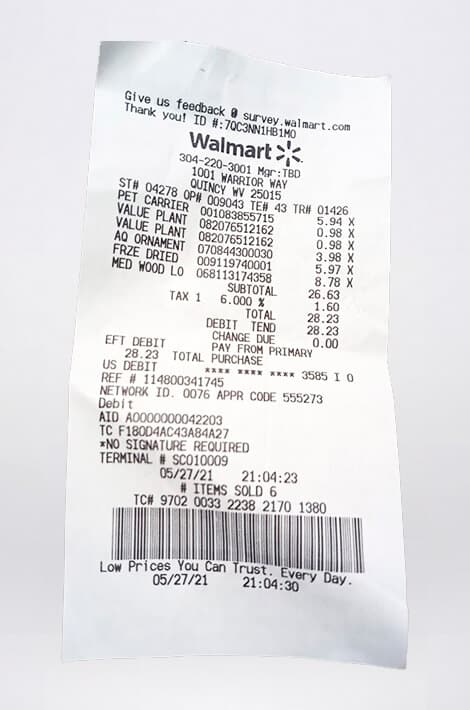Last Updated on May 21, 2025
Receipt OCR in Expense Management and more
Receipt Optical Character Recognition (OCR) technology has revolutionized how businesses handle financial data and customer interactions. By automating the extraction of information from receipts, OCR is driving efficiency and unlocking valuable insights. This article explores three primary use cases of a receipt OCR API: expense management, loyalty rewards programs, and market research.
Expense Management: Receipt OCR
OCR has dramatically streamlined the expense reporting process. Employees can now simply snap a photo of their receipt using a mobile app, and the OCR technology automatically extracts crucial information such as date, merchant name, items purchased, and total amount. This data is then populated into expense reports, significantly reducing manual data entry and the potential for errors.
For finance teams, OCR technology enables real-time expense tracking and faster reimbursement processes. It also facilitates better policy compliance by automatically flagging expenses that fall outside company guidelines. Moreover, the digitization of receipts creates a clear audit trail, simplifying the process of financial reconciliation and tax preparation.
Receipt Processing for Loyalty Rewards
OCR is transforming how businesses implement and manage loyalty programs. By scanning customer receipts, companies can automatically credit points or rewards based on purchases, eliminating the need for physical loyalty cards or manual point entry.
This technology allows for more sophisticated reward systems, such as multi-tier programs or personalized offers based on purchasing habits. It also enables real-time reward updates, enhancing the customer experience and encouraging repeat business. For customers, OCR simplifies the process of claiming rewards and tracking their loyalty status.
Market Research: Receipt OCR
OCR is proving to be a powerful tool for gathering market intelligence. By analyzing large volumes of receipt data, businesses can gain valuable insights into consumer behavior, purchasing patterns, and market trends.
This technology allows companies to track product performance across different retailers, monitor pricing strategies, and identify cross-selling opportunities. It can also provide insights into competitor performance by analyzing receipts from various merchants.
Furthermore, receipt OCR enables businesses to conduct more accurate and timely market basket analysis, understanding which products are frequently purchased together. This information can inform inventory management, store layouts, and targeted marketing campaigns.
In conclusion, receipt OCR is more than just a tool for digitizing paper receipts in expense management and tracking. It’s a transformative technology that’s reshaping expense management, enhancing loyalty programs, and providing deep market insights. As OCR technology continues to evolve, particularly with advancements in AI and machine learning, we can expect to see even more innovative applications in these areas, further driving business efficiency and customer engagement.
If you require receipt OCR in expense management software for your organization, Tabscanner is the best API. See Tabscanner pricing for a plan that suits you if you wish to give it a try.





